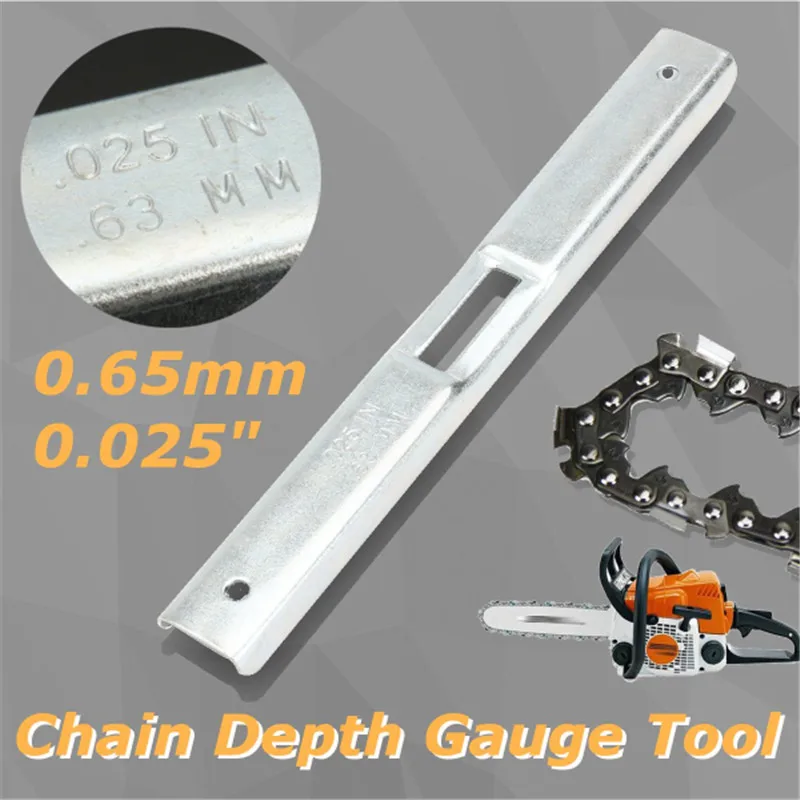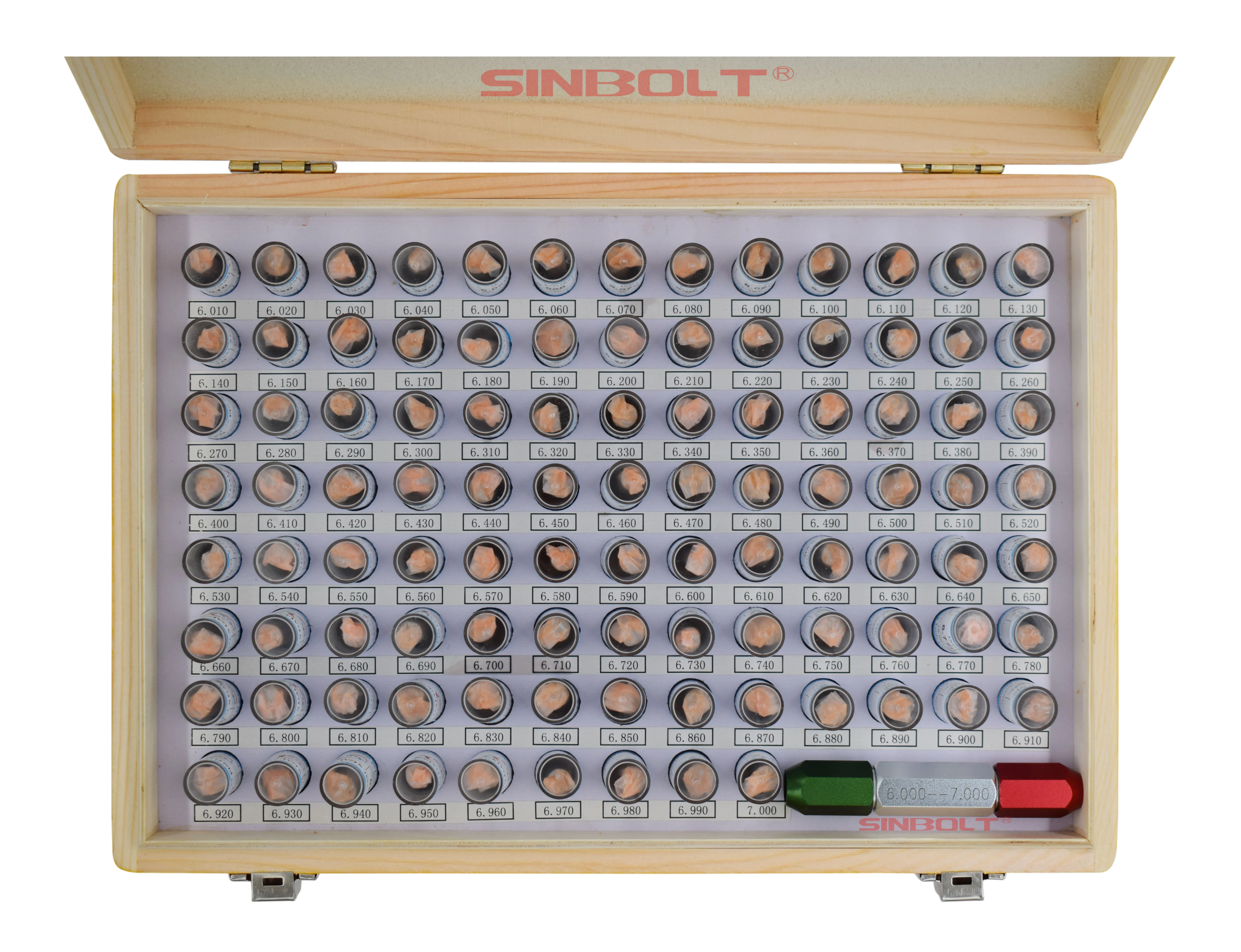

There's a little force required, a resistance, to pull pedal back to its return than it works fine.until the next time it happens. While pedal is way down, fortunately I still can push it further and brakes work fine. I have mysterious pedal sink but does not cause the brakes to engage. I've posted before about problems I've had with my front disk to power conversion just posted on another this morning seeing the guy has the identical problem I'm having. I've seen the better ones for around 30 bucks though yeah, plastic or nylon ones are less than half the cost. Was looking around for this gauge.even all the mechanic buddy's didn't have one of them.

While using the booster pin depth gauge tool is not a requirement, it does make the job very easy by eliminating the need to take multiple measurements and calculate the correct math. We make this process simple with the help of our booster pin depth gauge (AC2003). It’s easiest to set the depth of the booster pin when you install the master cylinder. The feeling of a soft brake pedal is not comfortable while driving. With a gap of 0.250” and the pedal ratio 4:1, the brake pedal pad where you actually place your foot to stop will move an entire inch before anything happens. SIDEBAR - An example of an unfortunate experience: Imagine a gap of 0.250” between the pushrod at the booster and the back of the master cylinder. If the push rod depth is set too long, there will be a delay from the time your foot presses the brake pedal until the brakes engage, causing a soft brake pedal. Brake drag needs to be repaired as soon as possible, since it can force parts to overheat, damage the braking system, or cause an accident.

On a manual brake system, you may experience brake drag, an uncomfortable feeling of the brake pedal not releasing as a result of the booster pin pushed up too closely against the master cylinder. If the booster pin depth is not properly set, you will notice several unpleasant symptoms while attempting to slow or stop your vehicle. We recommend the ideal depth of 0.020 inches. The booster pin depth should leave a small gap between the end of the pin and the master cylinder. The booster pin extends into a piston in the master cylinder to initiate the braking process. A brake booster pin, also known as a brake push rod, works as you press the brake pedal with your foot.


 0 kommentar(er)
0 kommentar(er)
